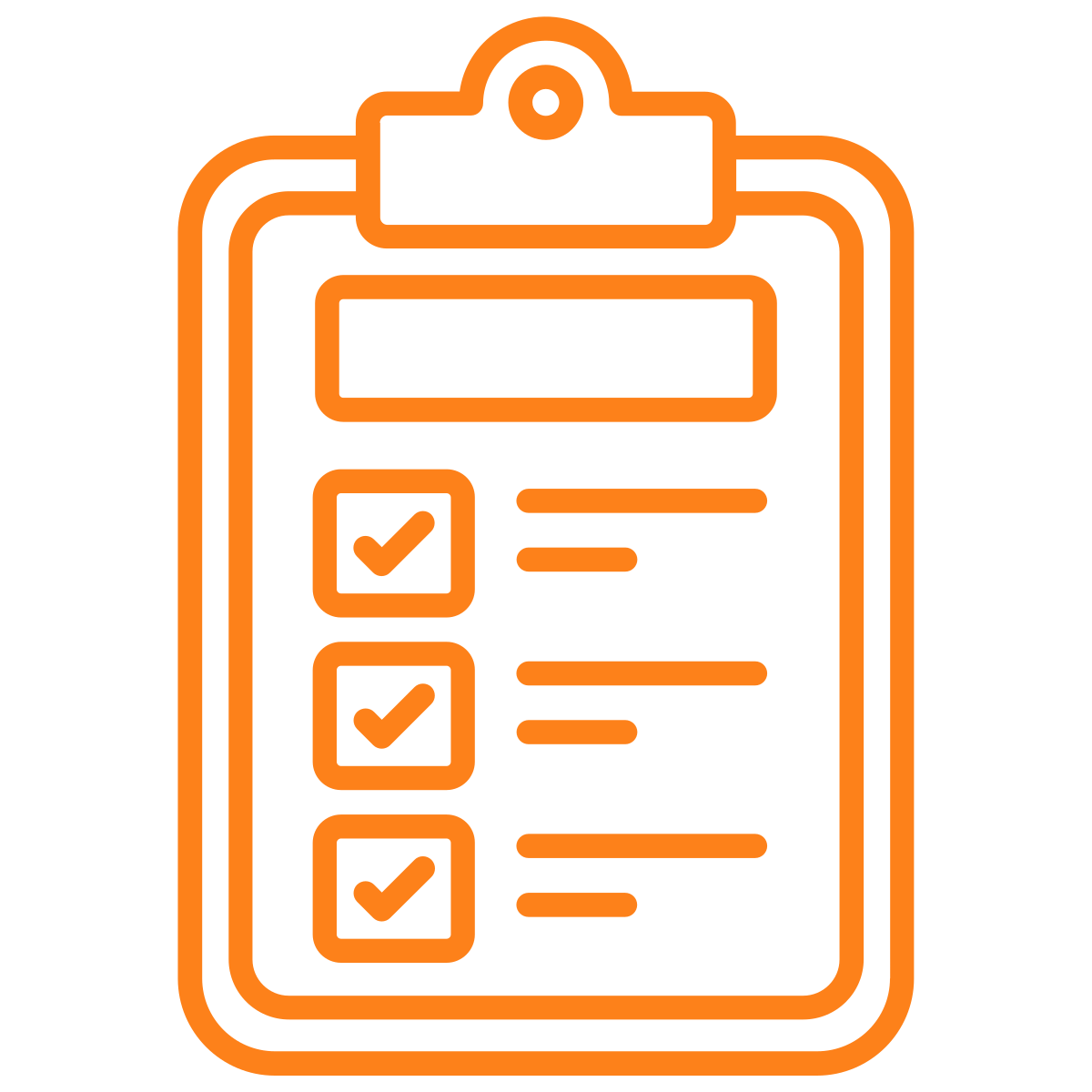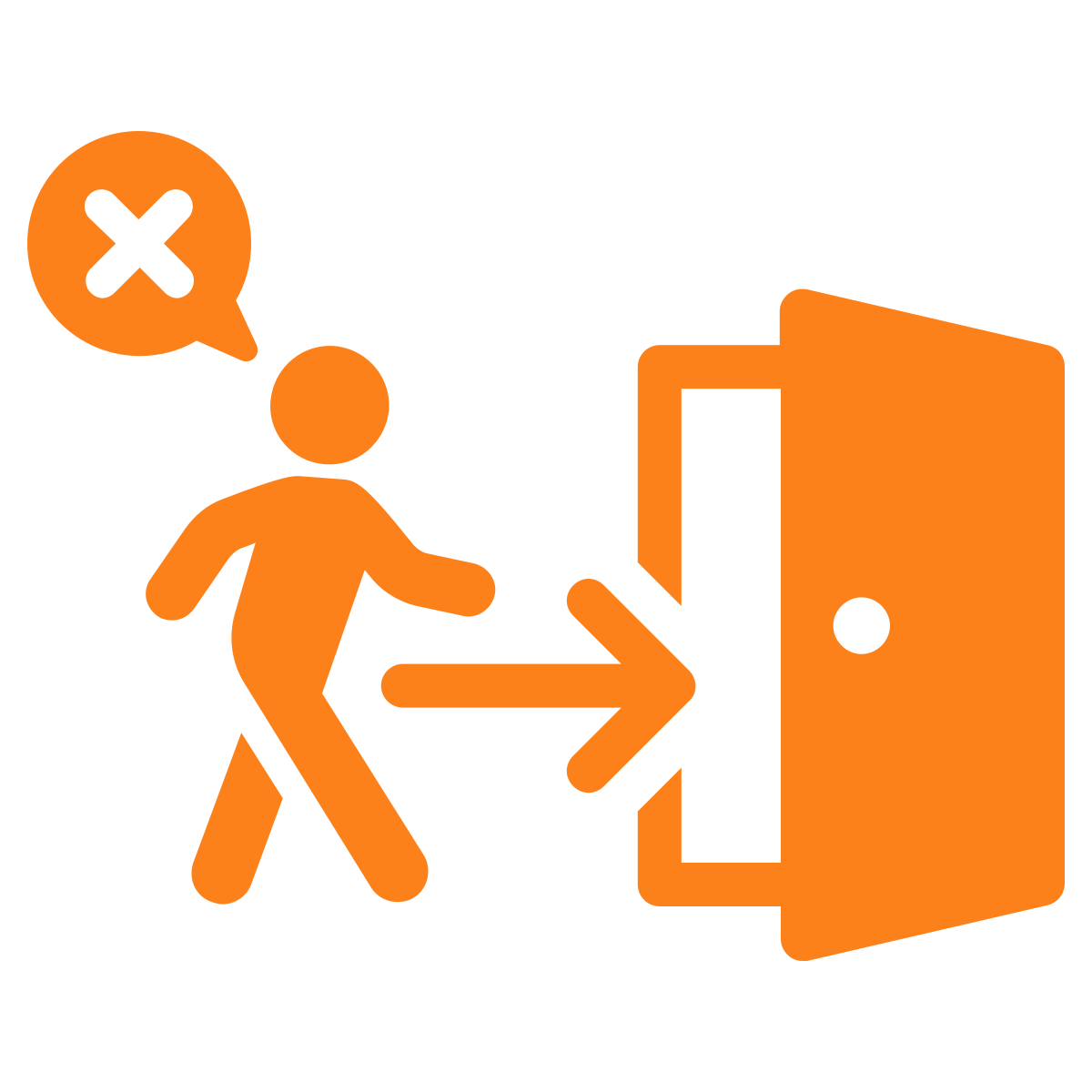Inside Job: Unmasking the Insider Threat
People often view external attackers as the root cause of cyberattacks. But there is another very real risk that every organization faces day in and day out: the insider threat.
The threat is real, and more widespread than many organizations might admit. The behavioral indicators are there. An advanced XDR solution can find them and wrap them in context, before it’s too late.
Insider Threat Indicators: What are the Warning Signs?
Insider threats often hide in the everyday activities of your organization. Recognizing insider threat indicators is the first step in preventing harmful activity. By understanding these indicators, organizations can take proactive steps to mitigate the risk of insider threats.
 Poor Performance Appraisals
Poor Performance Appraisals
A sudden or steady drop in an employee’s performance may indicate frustration or disengagement.
 Voicing Disagreement with Policies
Voicing Disagreement with Policies
Ongoing disagreement or resistance to company policies, especially those related to IT and data security.
 Disagreements with Coworkers
Disagreements with Coworkers
Conflicts or disagreements with colleagues may signal an unhappy employee, who may retaliate or take harmful action.
 Unexplained Financial Gain
Unexplained Financial Gain
Sudden unexplained wealth may indicate an employee is selling confidential information or participating in illicit activities.
 Financial Distress
Financial Distress
Employees experiencing financial difficulties may fall to bribery, theft, or fraud to reduce financial stress.
 Odd Working Hours
Odd Working Hours
An employee who works odd hours may be accessing or altering sensitive data in private.
 Unusual Travel
Unusual Travel
Frequent travel abroad, especially to countries known for cybercrime or corporate espionage, can be suspicious.
 Leaving the Company
Leaving the Company
Unhappy employees leaving a company may attempt to steal information or otherwise retaliate by doing harm to systems.
Potential Insider Threat Indicators: Proactive Detection and Prevention
While recognizing the signs is crucial, being proactive in identifying potential insider threat indicators can significantly enhance your security posture.
Timely identification requires a multi-faceted approach.
| User Behavior Analytics (UBA): UBA tools can help identify deviations from normal behavior.
| Access Management: Regular audits of user access rights can help detect any unnecessary or excessive privileges.
| Regular Audits: Regular audits of system logs can help detect any suspicious activity that might indicate a potential insider threat.
How ThreatWarrior XDR Guards Against Insider Threats:
Enhancing Security with Advanced Technology
ThreatWarrior Extended Detection and Response (XDR) integrates multiple protection technologies to provide a holistic approach to threat detection and response. But how can XDR help guard against insider threats?
Unified Visibility
ThreatWarrior XDR provides a unified view of your entire IT environment, from endpoints to servers to cloud workloads. This comprehensive visibility makes it easier to spot unusual behavior or policy violations, key indicators of insider threats.
Automated Response
ThreatWarrior XDR solutions can detect threats and take protective measures such as isolating affected systems or revoking user access.
Behavioral Analytics
ThreatWarrior XDR uses User and Entity Behavior Analytics (UEBA) and deep learning to establish a baseline of “normal” behavior. Any deviation from this baseline can trigger an alert, allowing for early detection of insider threats.
Continuous Monitoring
ThreatWarrior XDR monitors key activity across your IT environment. This aids in threat detection and also provides a detailed forensic trail in the event of an incident.